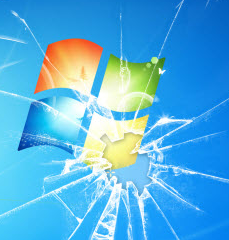Weekly Infosec News Brief: 14-20 Dec

Major Vulnerability in Juniper Firewalls Found and Patched Last Thursday it was revealed the Juniper's ScreenOS operating system, which runs Juniper's firewalls, had a section of "unauthorized code" added to it as far back as 2012. The added code allows an attacker to remotely gain administrative access to the firewall and to decrypt encrypted VPN traffic. The issue affects versions 6.2.0r15 through 6.2.0r18 and 6.3.0r12 through 6.3.0r20, and a patch is currently available. Juniper states that they found the code during an internal code review and do not know how it got there. http://arstechnica.com/security/2015/12/unauthorized-code-in-juniper-firewalls-decrypts-encrypted-vpn-traffic/ http://www.wired.com/2015/12/juniper-networks-hidden-backdoors-show-the-risk-of-government-backdoors/ http://forums.juniper.net/t5/Security-Incident-Response/Important-Announcement-about-ScreenOS/ba-p/285554 Major Vulnerability in FireEye Devices Found and Patched
















